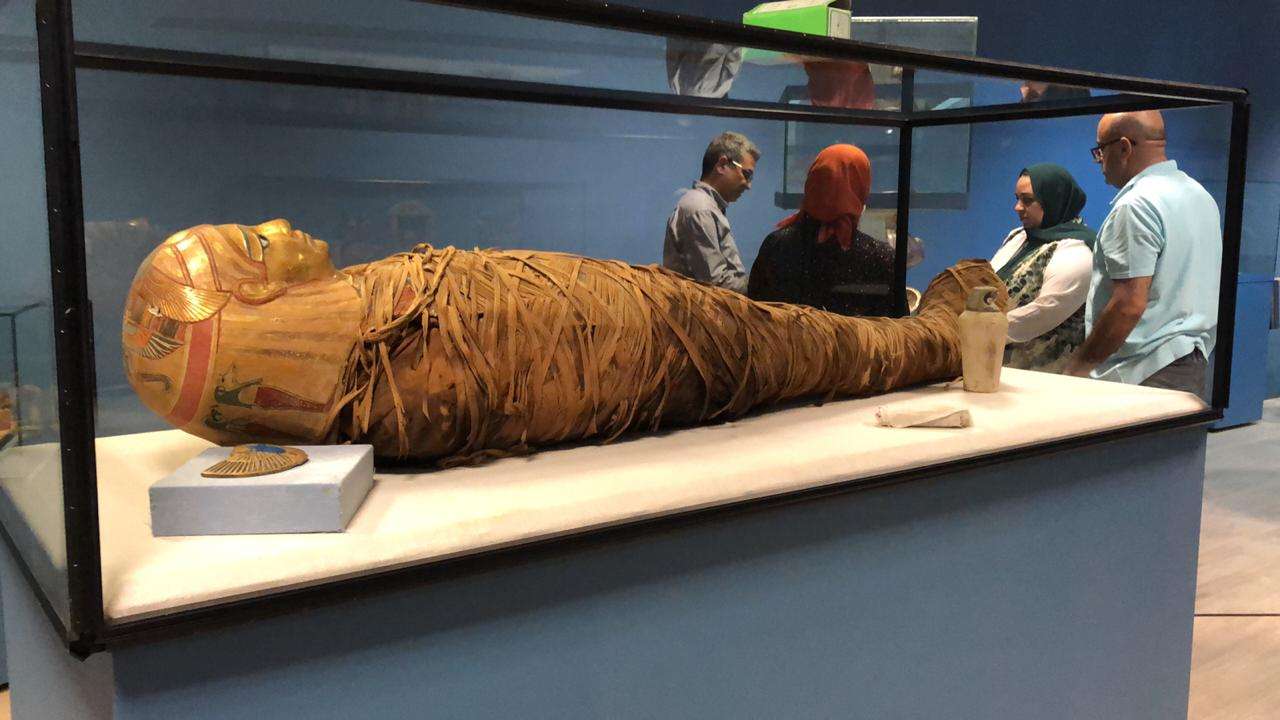A crew working on the construction process of the Airport Museum located inside terminal 3 building put the finishing touches before the opening.
Dr. Mustafa Waziri, Secretary-General of the Supreme Council of Antiquities, explained that after its opening, this museum will become a new attraction at the Cairo International Airport for visitors, expatriates and transit travelers.
Waziri noted that the museum will display about 70 artifacts carefully chosen by the Supreme Committee for Museums, from a number of Egyptian museums to reflect the various aspects of ancient Egyptian civilization since ancient Egyptian, Coptic and Islamic times.
On his part, Prof. Moamen Othman, head of the museums sector, said that most of the pieces that will be displayed were stored inside the stores of the Egyptian Museum in Tahrir, the Suez Museum and the Greco-Roman Museum, and among the most important are; Mummies, one of which dates back to the Roman era with a face covered with a gilded mask and decorated with gilded cartoons and colorful drawings. As for the second mummy, it dates back to the late era. It depicts a man in the Osirian position.
Othman confirmed that one of the most beautiful pieces on display was a bronze statue of the winged god Isis wearing the two horns of Hathor with the sun disk between them. The pieces also include a group of canopic vessels and small sized pieces representing the Islamic and Coptic civilization in Egypt and a group of portraits from the late era.
He pointed out that the Airport Museum in Terminal 3 had previously contained about 36 artifacts, and was moved to a new hall with the same hall for expansion and the creation of new artifacts to enrich the museum display, to be a new attraction element for the airport arrivals, and a new exhibition hall is being prepared and equipped inside the passenger terminal 2 of the airport with an area up to To about 150 CE.

















